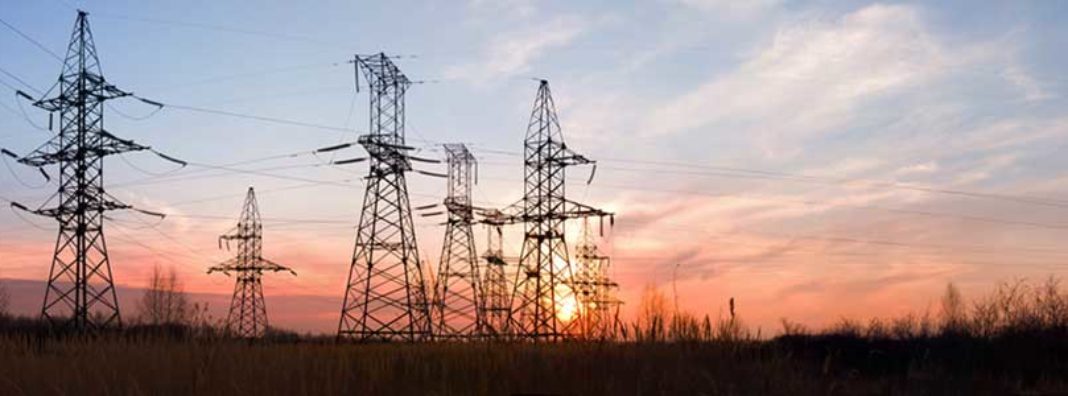
In January, the Federal Energy Regulatory Commission rejected current Department of Energy Secretary and former Texas Gov. Rick Perry’s proposal to subsidize certain energy providers who can hold 90 days of fuel onsite. Score one for sanity.
Perry’s proposal invented a problem that didn’t exist to provide a bailout to a failing industry. It was a thinly veiled attempt to subsidize the coal industry at the expense of taxpayers. Perry defended his proposal by asserting that “there is no free market in the energy industry.” Perry is right that there is too much favoritism in energy markets. His solution, however, would only add to the problem.
One overlooked part of Perry’s proposal is its similarity to much of President Obama’s energy policy –– just with the beneficiaries flipped. Both Presidents Trump and Obama share a prolific tendency to provide benefits to their political darlings. For President Obama, that meant expensive programs for renewable energy sources like wind and solar. By contrast, President Trump’s favorites are coal companies.
No matter who the subsidies go to, they come out of the pockets of average taxpayers.
It’s obvious once pointed out, but it remains a hidden truth that consumers actually pay for their electricity twice. First on their electricity bills, and then again through their taxes that fund the favoritism of whoever is in power. Meddling in energy markets, as all modern presidents have done, has driven the cost of electricity up relative to what a free market would provide. These costs might not show up on your electricity bill, but they’re just as real.
This favoritism is also environmentally costly. D.C.-based nonprofit Resources for the Future estimates that Perry’s coal subsidies would cost $263 billion over 25 years. Most of this is made up of the environmental costs created by subsidizing coal, perhaps the dirtiest electricity generation source available.
But clean energy subsidies create environmental costs, too, just in more subtle ways. Because low-carbon energy sources like wind and solar are intermittent and non-dispatchable –– they can’t be turned up or down as needed –– other generators, usually coal, have to be kept running in the background in case the wind falters or clouds obscure the sun. This is known as baseload cycling and is a technical necessity for the electrical grid to be able to support the modern conveniences of lights that turn on anytime they’re needed.
These kinds of distortions can also threaten the grid’s ability to serve the needs of energy consumers. Donna Nelson, Texas’s recently retired chairwoman for the Public Utility Commission, testified on this in 2012. She noted that the subsidies for renewable energy were occasionally driving Texas’s energy prices negative, consumers were paid for using power instead of charged. This discourages investment in generating facilities capable of providing baseload power and, if left unchecked, could create reliability problems for the grid.
Another unintended consequence of subsidies for certain forms of renewables is that it discourages the development of new, potentially cleaner energy sources. Offering a subsidy for one form of energy shifts resources away from researching others. Instead of spending money on experimental research, companies invest in existing sources. Often, energy subsidies end up padding bottom lines of big companies, all at the expense of taxpayers.
Consider, for example, the Texas government’s $7 billion investment in wind power, which is effectively a massive subsidy to the state’s wind industry, paid for by taxpayers. Originally, public funds were thought to be the only way to take advantage of the windy areas since they are so far away from cities where the electricity is needed, but a similar $9 billion project has just been proposed that is privately financed.


 Corpus Christi Caller-Times
Corpus Christi Caller-Times